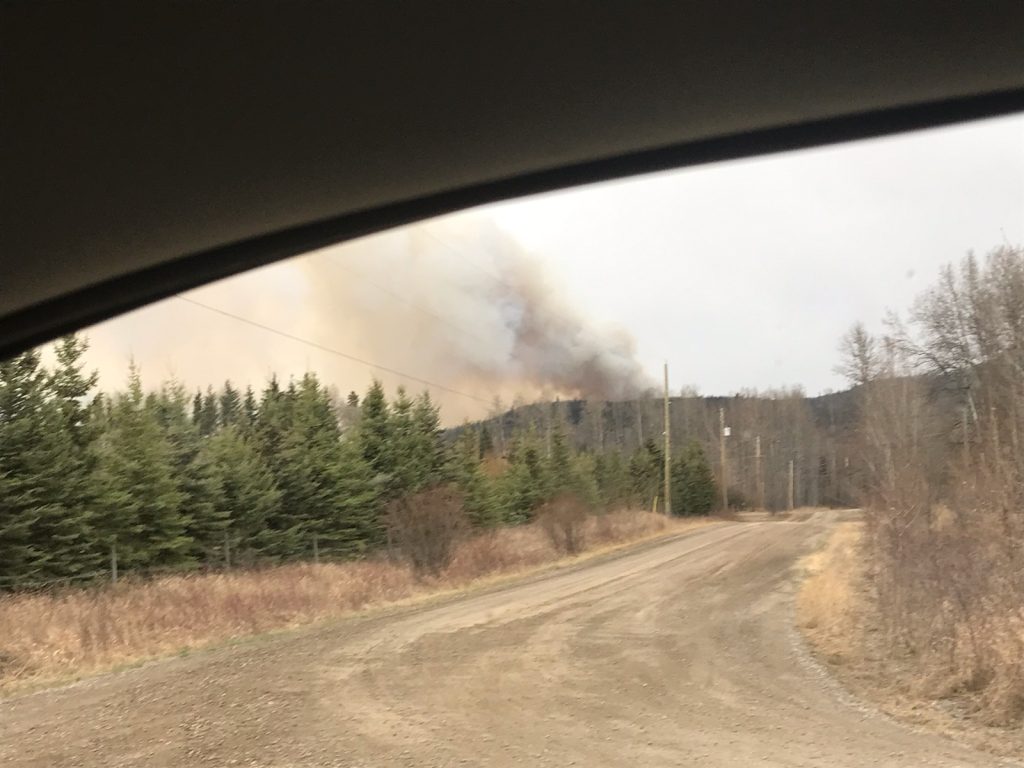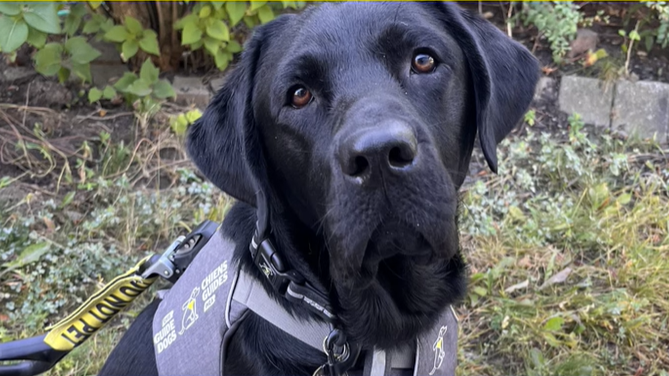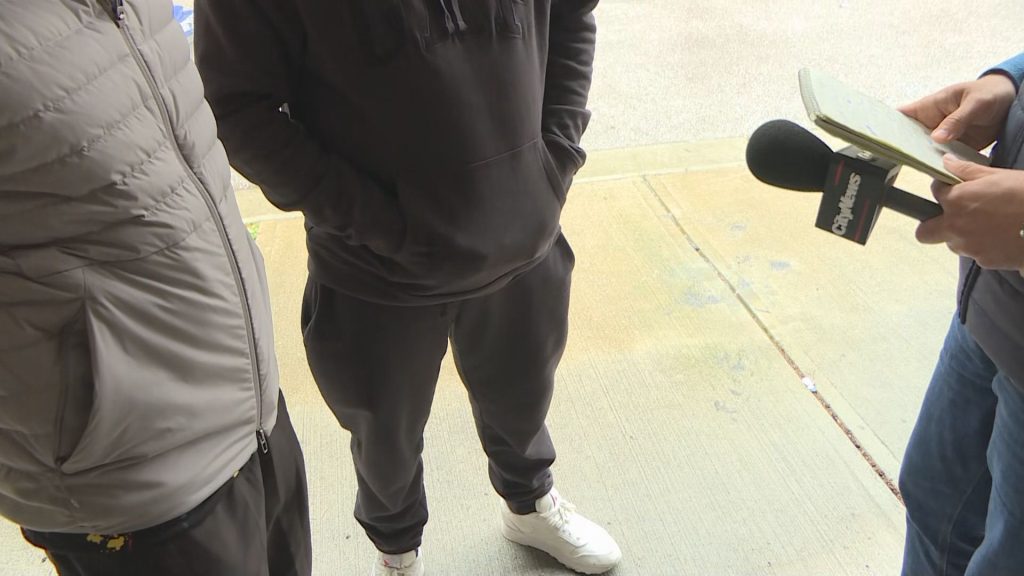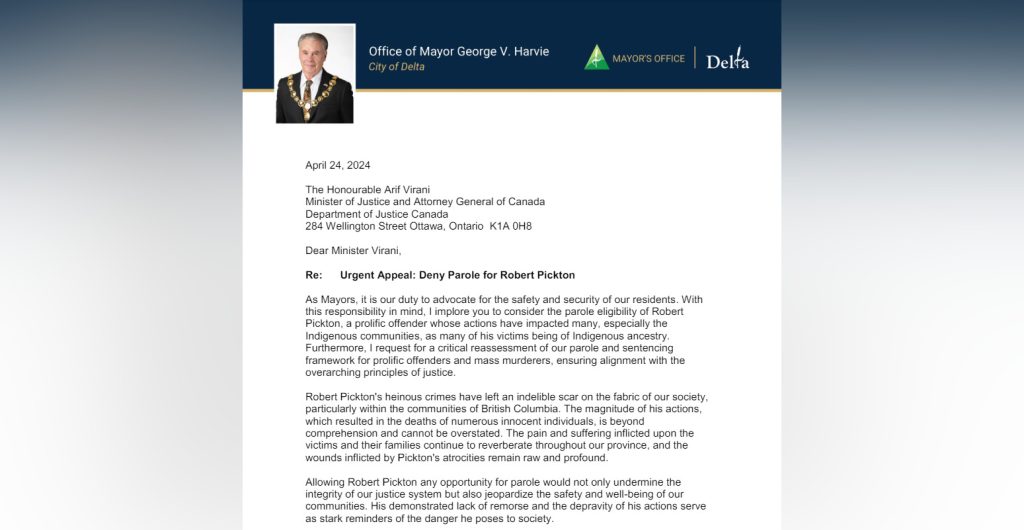‘Absolutely outraged’: After RCMP killing of Indigenous man, B.C. First Nations leaders demand inquest
Posted July 13, 2021 10:23 pm.
Last Updated July 14, 2021 1:07 am.
Editor’s Note: This story contains details about a fatal police shooting, the apprehension of Indigenous children, and an essay that describes physical and sexual abuse.
CAMPBELL RIVER (NEWS 1130) — Justice for Jared. That’s what is being demanded by family, friends, and First Nations leaders after an Indigenous man was shot and killed by the RCMP in Campbell River last week.
A news release from police did not identify the man who died on July 8, but he has since been identified as Jared Lowndes — a 38-year-old father of two daughters. He is a member of Wet’suwet’en Nation’s Laksilyu (Small Frog) House.
The Independent Investigations Office (IIO) has been called in to probe the fatal shooting. The First Nations Leadership Council (FNLC) is echoing the family’s call for an Indigenous investigator and civilian monitor to be appointed to oversee the review of the case, as well as an independent public inquest “into an incident that is but the latest in a series of Indigenous people dying through police actions.”
“Initially, there’s a feeling of shock which is followed quickly by a sense of grief, quickly followed by a sense of outrage that yet another Indigenous person has been shot to death by the RCMP or other police agencies,” Grand Chief Stewart Phillip with the Union of BC Indian Chiefs tells NEWS 1130.
“We’re absolutely outraged, we’re sick and tired of the RCMP shooting our people. We’re sick and tired of these legalized murders that are taking place.”
Justice for Jared: FNLC Outraged at RCMP’s Fatal Shooting and Dehumanizing Treatment of Wet’suwet’en Man in Campbell River, BC: "In the aftermath of the shooting, the dehumanizing treatment of Jared by the police and media is profoundly disturbing” https://t.co/trU3qFoxpr pic.twitter.com/lAgNRy341D
— UBCIC (@UBCIC) July 14, 2021
Details provided by police immediately after Lowndes was killed describe a “confrontation” with police in which Lowndes stabbed a police service dog after being boxed in. The Campbell River RCMP, in a statement, said the events that led up to Lowndes’ death in a Tim Horton’s parking lot began when an officer “attempted to stop a vehicle in relation to an outstanding warrant.” Lowndes, who police described as “the suspect” did not stop and instead continued driving. After a description was sent out through dispatch, Lowndes was “boxed in” by a police cruiser.
“A confrontation occurred between the suspect and the police officer, who had a Police Service Dog. During the interaction, the Police Service Dog was stabbed and killed, and the suspect was shot and was pronounced deceased on scene,” says the statement from RCMP.
“As the matter is now under investigation by the IIO BC, no further information will be released by police.”
‘His experiences as an Indigenous man likely left him fearful, re-traumatized, and acting in self-defence’
Family and the FNLC say the RCMP’s version of events is inaccurate and incomplete.
“Last week, when the RCMP attempted to stop him on an outstanding warrant, boxing him in, and sending in a police service dog, his experiences as an Indigenous man likely left him fearful, re-traumatized, and acting in self-defence. The police put Jared into an unnecessary, preventable situation that forced him to act under extreme duress and fear. After Jared stabbed the police service dog in what is speculated to have been an attempt to defend his own puppy, the police shot Jared multiple times in the head,” the FNLC writes in a statement.
“The incident, which saw no attempt at de-escalation from the RCMP, left the 38-year-old father dead, his family seeking answers, and a community divided, as racist, hateful sentiments begin to rise.”
RELATED: Man shot and killed by RCMP, police dog stabbed to death in Campbell River
Following the initial statement, the commanding officer of the B.C. RCMP issued a separate statement mourning the loss of the police service dog. A subsequent statement from the Campbell River RCMP thanked the community for the “outpouring support and well-wishes” following the dog’s death, and included a photo of a makeshift memorial outside of the detachment. A parade of emergency vehicles was also held.
“In the aftermath of the shooting, the dehumanizing treatment of Jared by the police and media is profoundly disturbing and indicative of deeply entrenched racism and discrimination. Jared’s life – his past experiences with the police and institutions, his fatherhood and involvement in his Indigenous community – has been completely excised from the narrative and replaced with coverage of the police service dog” the FNLC statement continues.
“While grieving and in unimaginable pain, Jared’s family have had to face the defacement and desecration of Jared’s memorial and racist, hateful online comments that are intensifying in a community divided by the RCMP’s colonial actions.”
The memorial for Lowndes was created by people in Campbell River who knew and loved him on Friday night.
An orange t-shirt — the symbol that honours survivors and those who died in Canada’s residential schools — hung from a lamp post. Written on it: “Jared L. Murdered by RCMP, July 8, 2021.” Bouquets of flowers, candles, a bundle of sage, and pictures of Lowndes lovingly laid on a piece of concrete surrounded by a patch of grass across from the Tim Horton’s. The shrine Handwritten signs saying “Justice for Jared” and “An arrest warrant is not a death sentence” were
The memorial was trampled and signs were torn down overnight, but those who knew and loved Lowndes put it back together Saturday.
It was torn down again overnight. And then again on Sunday. The poster boards bearing the hand-written messages written by his two daughters — aged six and 13 — were ripped up and toppled.
A bright green sign with hand-drawn hearts saying, “RIP. I love you and I miss you Daddy” was ripped apart. So was a red sign saying “RIP Dad. I love you so much. Thank you for being the best dad ever. I lost you so soon but I will make you proud. I am so sorry you had to go this way.”
Those signs were taped back together and put back up on Monday.
Jared Lowndes, a Wet’suwet’en father of two was shot and killed by the RCMP in Campbell River last week. A memorial honouring him and calling for justice keeps being destroyed — including the signs handwritten by his two daughters, ages 6 and 13. Story: https://t.co/sQ4cMNHr6o pic.twitter.com/Kj6DN0EURd
— Lisa Steacy (@lisa_steacy) July 14, 2021
Phillip says he is not surprised to hear that the memorial is not being respected.
“That’s the racist nature of this country,” he says.
“This country has sunken to the lowest depths that I can recall in regard to the racist hate that permeates all levels of society and is being passed on to children and young people. This country is in a crisis.”
The friends and family that have been gathering, drumming, and rallying for justice in Campbell River have printed out a piece of Lowndes’ writing in which he describes how a cycle of colonial violence shaped his life, including how he was apprehended as a child, his involvement with the youth criminal justice system, and his struggle with substance use. When he died, he had been sober for eight years.
A slideshow of that essay has been posted to Facebook.
In May, the Union of BC Indian Chiefs issued a statement after a Tla-o-qui-aht woman was shot by police on the weekend of Mother’s Day. That shooting came three months after another Indigenous person, Julian Jones, was shot and killed by the RCMP near Tofino, and less than a year after 26-year-old Chantel Moore, a member of the Tla-o-qui-aht First Nation, was shot and killed by police in New Brunswick during a “wellness check.”
Qubec’s police watchdog was called in to investigate Moore’s killing, and cleared the officer of any wrongdoing. No criminal charges were filed by New Brunswick’s Public Prosecutions Service.
RELATED: Indigenous leaders demand change after RCMP shooting of Tla-o-qui-aht mother
Phillip says the absence of consequences — criminal or professional — for officers who use lethal force compounds the pain, grief, and anger felt by families and communities who have lost loved ones.
“What’s really outrageous is, generally speaking, the officers involved in shooting and killing Indigenous people, and people of colour, get away with it. There are no consequences, no convictions,” he says.
“The RCMP generally responds to these incidents and in a very minimalist way that’s absolutely meaningless. The individual may be suspended for a very short period of time and then they’re back on the horse out there, perpetuating their racist behaviour on people of colour, poor people, and Indigenous people. The police agencies are notorious for shooting first, and then they consider the circumstances after the victim is dead. That’s just absolutely unacceptable. Something at the highest levels needs to be done.”
With files from Tarnjit Parmar










